Every city has those spots that locals quietly steer clear of while tourists flock there in droves. These aren’t necessarily dangerous places, though some certainly are. Often, they’re just overpriced tourist traps where you’ll pay three times the normal rate for a mediocre experience while surrounded by crowds of confused visitors clutching maps and guidebooks.
The thing is, locals develop an instinct for these places over time.
They know which neighborhoods to avoid after dark, which restaurants are complete ripoffs, and which attractions are just expensive photo opportunities. Here is a list of 20 places where locals consistently warn tourists to be extra cautious or skip entirely.
Times Square, New York City
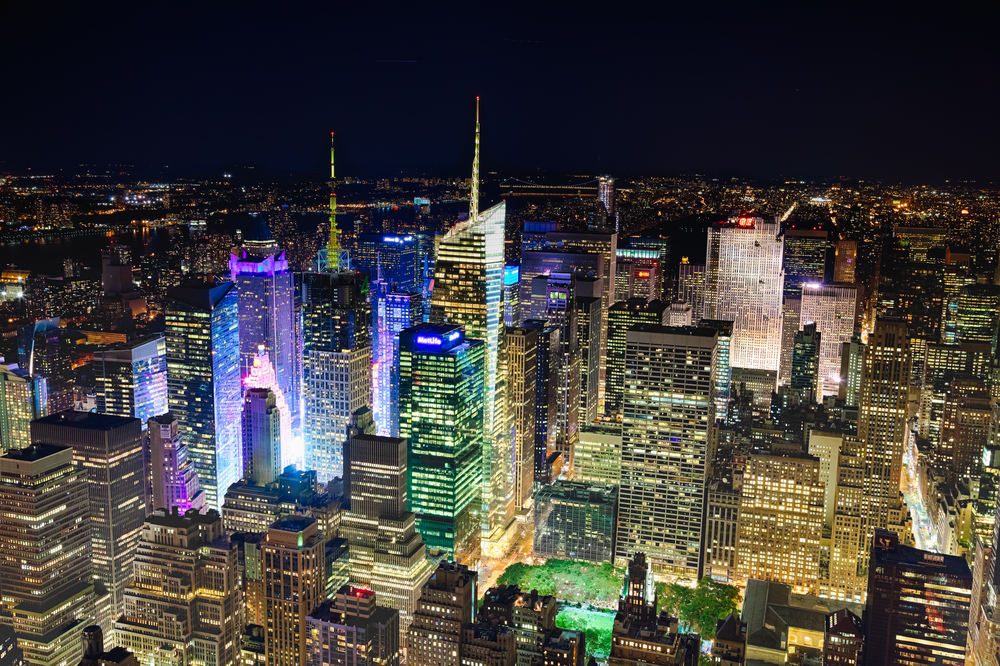
Times Square might be the ‘Crossroads of the World,’ but New Yorkers tend to avoid it like the plague. The entire area is one giant tourist trap filled with overpriced chain restaurants, pushy street performers in knock-off superhero costumes, and crowds so thick you can barely move.
A simple lunch that costs eight bucks in Brooklyn will run you twenty-five dollars here, and the food quality is usually terrible.
Fisherman’s Wharf, San Francisco

San Francisco locals roll their eyes whenever someone mentions visiting Fisherman’s Wharf. Sure, the sea lions at Pier 39 are cute, but everything else is wildly overpriced and designed specifically to separate tourists from their money.
You’ll pay fifteen dollars for clam chowder in a bread bowl that tastes more like it came from a can than the sea, while the real gems of the city sit just a few miles away.
Like Travel Pug’s content? Follow us on MSN.
Bourbon Street After Midnight, New Orleans

While Bourbon Street during the day can be manageable, locals warn that after midnight it transforms into something entirely different. The combination of excessive drinking, rowdy crowds, and opportunistic pickpockets creates a perfect storm for trouble.
New Orleans has incredible nightlife, but locals know the real party vibe is in the neighborhoods like the Marigny or the Bywater, not on this tourist-packed strip.
Hollywood Walk of Fame, Los Angeles

Angelenos will tell you that the Hollywood Walk of Fame is one of the most disappointing attractions in the city. The sidewalk is dirty, the stars are constantly stepped on, and the area is filled with aggressive street performers and people in ratty costumes trying to charge for photos.
Most of the surrounding businesses are tourist traps selling overpriced souvenirs that you could get for half the price elsewhere.
Navy Pier, Chicago
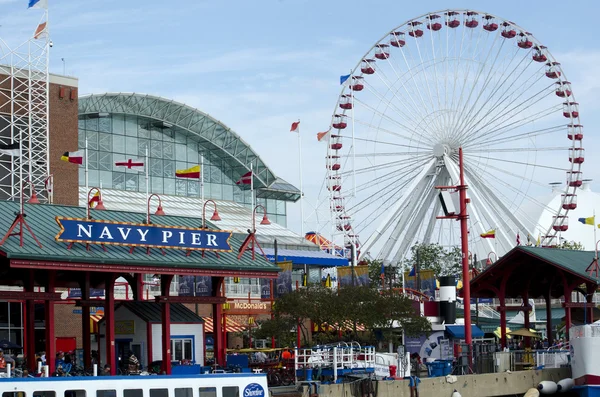
Chicagoans generally avoid Navy Pier unless they’re entertaining out-of-town guests. The attractions are overpriced, the food is mediocre chain restaurant fare, and parking costs more than some people make in an hour.
The city has stunning lakefront areas and incredible architecture, but this particular spot feels more like an expensive outdoor mall than a genuine Chicago experience.
Like Travel Pug’s content? Follow us on MSN.
South Beach After Dark, Miami

While South Beach looks glamorous in photos, locals warn that the reality can be quite different, especially after the sun goes down. The combination of inflated drink prices, aggressive club promoters, and pickpockets targeting intoxicated tourists creates a perfect storm for disappointment.
Miami Beach has beautiful areas, but locals tend to hang out in neighborhoods like Wynwood or Coconut Grove instead.
The Vegas Strip Sidewalks, Las Vegas
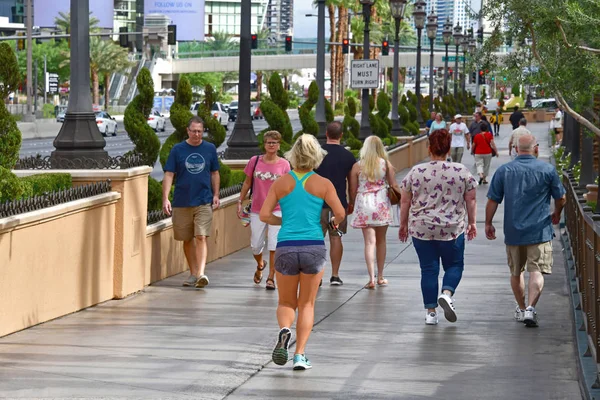
Las Vegas residents rarely walk the Strip unless they work there. The sidewalks are packed with people handing out explicit advertisements, street performers demanding tips, and various scammers looking for easy targets. The heat can be unbearable, the crowds are overwhelming, and everything costs triple what it should.
Locals stick to the suburbs and off-Strip entertainment.
Pike Place Market on Weekends, Seattle
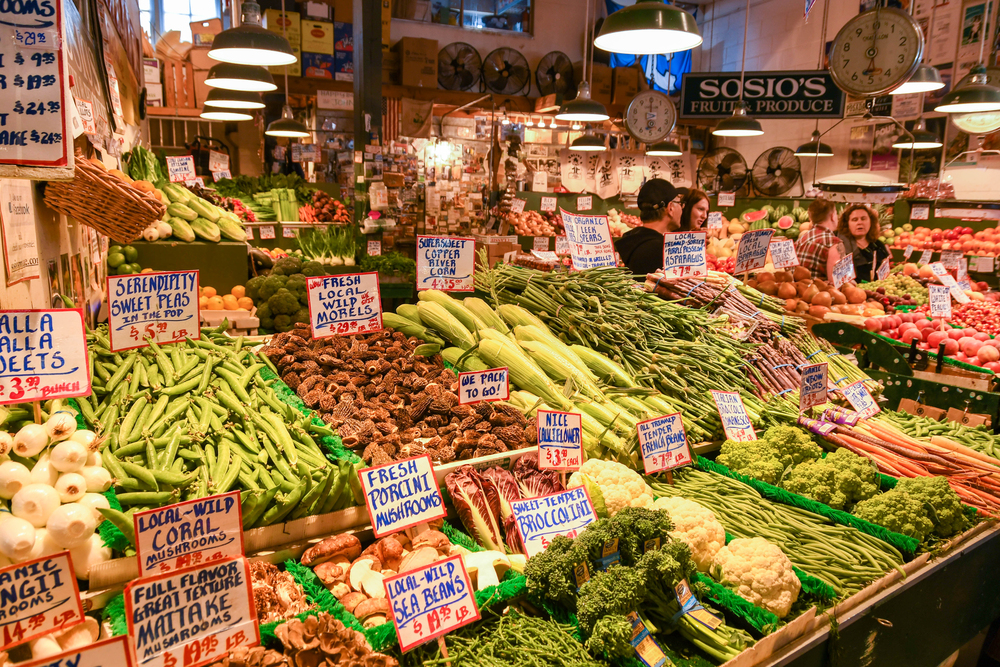
Seattleites love Pike Place Market, but they’ll warn you to avoid it on weekends when tourist crowds make it nearly impossible to navigate. The fish-throwing vendors are fun to watch once, but locals know the real deals are at the smaller stalls tucked away from the main thoroughfare.
Weekday mornings offer a completely different experience with actual locals doing their grocery shopping.
Like Travel Pug’s content? Follow us on MSN.
Skid Row, Los Angeles
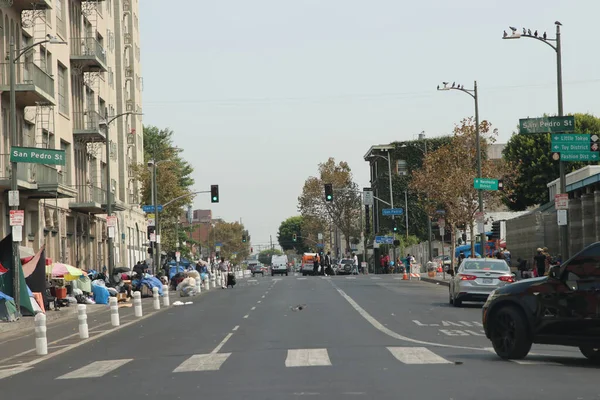
Downtown LA has undergone massive revitalization in recent years, but Skid Row remains an area that even longtime residents approach with extreme caution. The concentration of homelessness, mental health issues, and substance abuse creates an environment that can be unpredictable and potentially dangerous.
Tourists often stumble into this area accidentally while exploring downtown and find themselves in situations they’re not prepared for.
French Quarter During Mardi Gras, New Orleans

While the French Quarter is beautiful year-round, locals warn tourists that visiting during Mardi Gras is a completely different beast. The crowds become unmanageable, prices skyrocket, and the party atmosphere can quickly turn chaotic.
Regular residents often leave town entirely during this period because their neighborhood becomes virtually unlivable for weeks.
Chinatown Tourist Restaurants, San Francisco

San Francisco’s Chinatown is the oldest in North America, but locals know which restaurants cater to tourists versus locals. The places with English-heavy menus and pictures of every dish are usually overpriced and serve Americanized versions of Chinese food.
Authentic spots often have menus only in Chinese and don’t bother with fancy decorations because their reputation speaks for itself.
Like Travel Pug’s content? Follow us on MSN.
Little Italy, New York City
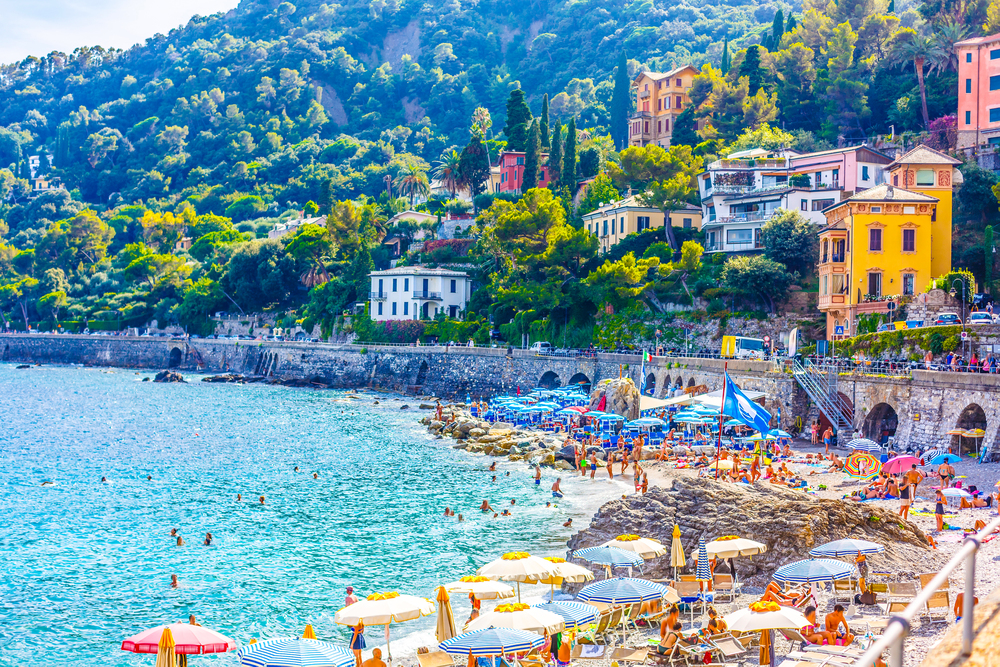
Most New Yorkers will tell you that Little Italy is a tourist theme park at this point. The neighborhood has shrunk to just a few blocks, and most of the restaurants serve mediocre Italian-American food at inflated prices.
Real Italian cuisine in the city can be found in places like Arthur Avenue in the Bronx or various neighborhoods in Brooklyn where actual Italian families still live.
National Mall Food Vendors, Washington, DC
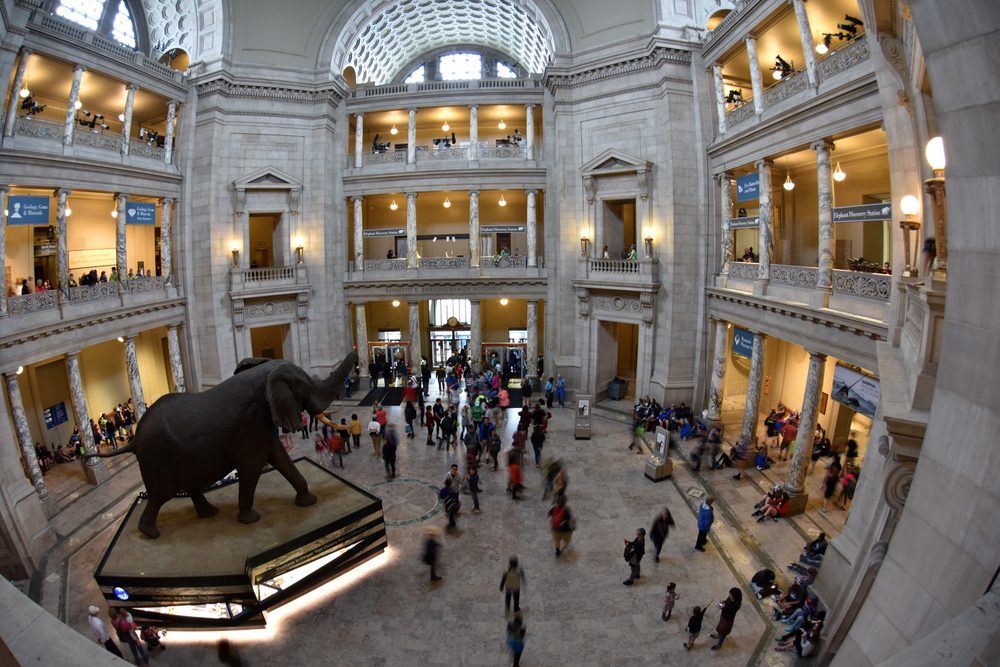
DC locals warn tourists about buying food from the vendors scattered around the National Mall. The prices are astronomical, the quality is questionable, and you’re paying premium rates for what amounts to gas station snacks.
The city has incredible food scenes in neighborhoods like Adams Morgan and Dupont Circle, but the tourist areas are culinary wastelands.
Ocean Drive, Miami Beach

While Ocean Drive looks stunning with its Art Deco architecture, locals know it’s become an expensive tourist playground where everything costs twice what it should. The restaurants serve mediocre food at premium prices, the bars charge Manhattan rates for drinks, and the whole strip feels more like a movie set than an authentic Miami experience.
Real Miami culture exists in neighborhoods like Little Havana and Coral Gables.
Like Travel Pug’s content? Follow us on MSN.
The Tenderloin, San Francisco
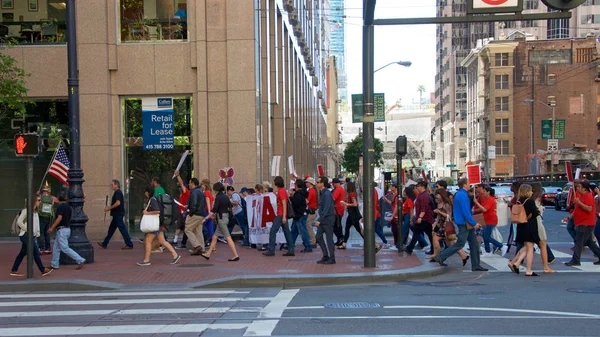
The Tenderloin neighborhood is right in the heart of San Francisco, which confuses many tourists who accidentally end up there. Locals know this area has significant challenges with crime, homelessness, and substance abuse that make it unsuitable for casual tourism.
The contrast between this neighborhood and the upscale areas just blocks away can be jarring for visitors.
Chain Restaurants in Times Square, New York City

Beyond just avoiding Times Square in general, locals specifically warn against eating at any of the chain restaurants clustered in this area. Places like Olive Garden and TGI Friday’s charge New York prices for food that tastes the same as their suburban locations.
You’re paying a premium for the privilege of eating mediocre chain food while surrounded by other tourists.
Waikiki Beach Tourist Areas, Honolulu
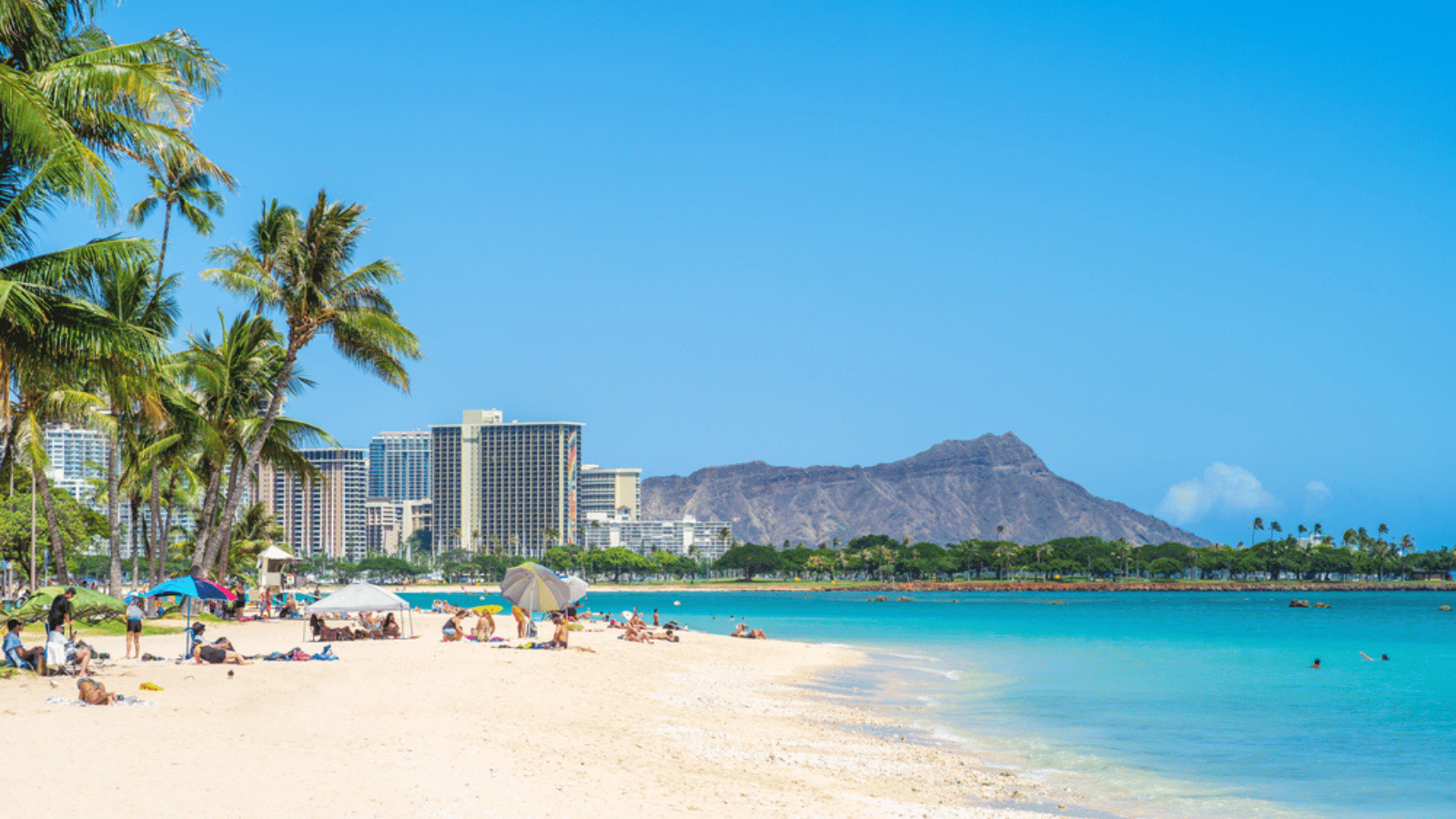
Hawaii residents often steer visitors away from the most touristy parts of Waikiki Beach, where everything from food to souvenirs costs three times the normal rate. The beach itself is beautiful, but the surrounding commercial area feels like a tropical-themed shopping mall.
Locals prefer beaches on the North Shore or lesser-known spots where you can experience authentic Hawaiian culture.
Like Travel Pug’s content? Follow us on MSN.
Downtown Portland After Dark, Oregon

Portland locals warn tourists that certain parts of downtown can become unpredictable after dark, particularly in recent years. While the city has amazing food and culture, the downtown core has seen increases in petty crime and aggressive panhandling that can make tourists uncomfortable.
Neighborhoods like the Pearl District and Hawthorne offer the real Portland experience without the potential hassles.
Magnificent Mile Shopping, Chicago
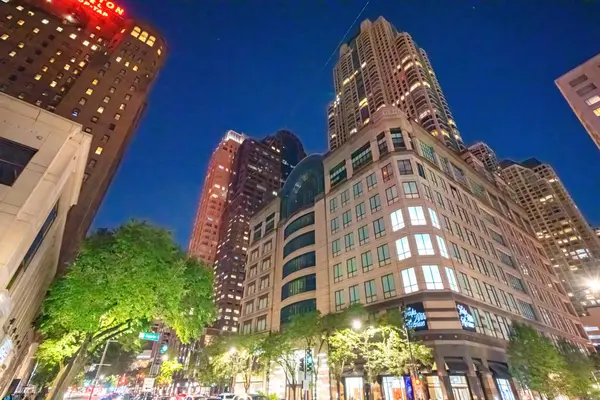
Chicagoans treat the Magnificent Mile shopping district the same way New Yorkers treat Times Square. It’s a tourist magnet filled with overpriced chain stores and restaurants that locals wouldn’t be caught dead in.
The real Chicago shopping happens in neighborhoods like Wicker Park and Lincoln Park, where you’ll find unique boutiques and authentic local businesses.
Sunset Strip, West Hollywood
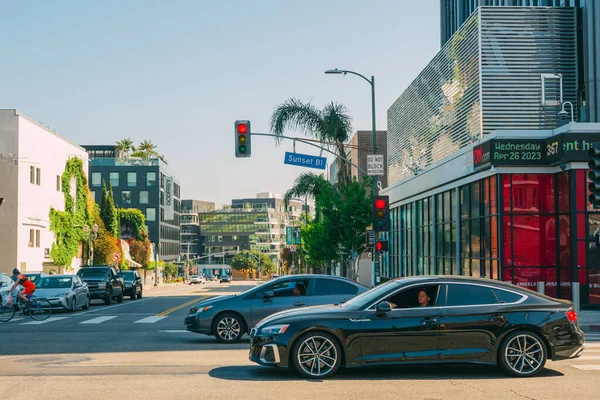
While the Sunset Strip has a legendary music history, locals warn that the current reality doesn’t match the reputation. The clubs charge outrageous cover fees, drinks cost more than most people’s hourly wage, and the scene attracts more tourists than actual music lovers.
LA’s real music scene happens in smaller venues throughout the city where you can hear great bands without paying a fortune.
Like Travel Pug’s content? Follow us on MSN.
When Travel Dreams Meet Street Reality

These warnings don’t mean these places are inherently evil or should never be visited. Many started as genuine cultural centers before tourism transformed them into commercialized versions of themselves.
The challenge for modern travelers is learning to distinguish between authentic local experiences and manufactured tourist attractions designed primarily to generate revenue. Smart tourists listen to locals, venture beyond the obvious attractions, and remember that the best travel experiences often happen in places that don’t appear on postcards.
More from Travel Pug

- 20 Best Beach Towns in the Carolinas
- 13 Destinations Where Tourists Regularly Regret Their Trip
- 20 Destinations That Are More Magical Without an Itinerary
- 20 Underrated Adventures That Belong on Your Travel List
- 20 Cities Where You Should Just Wing It, No Planning Required
Like Travel Pug’s content? Follow us on MSN.N.
